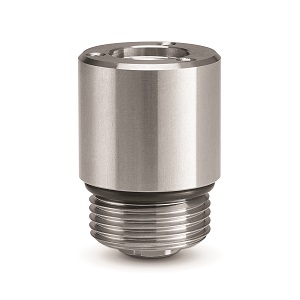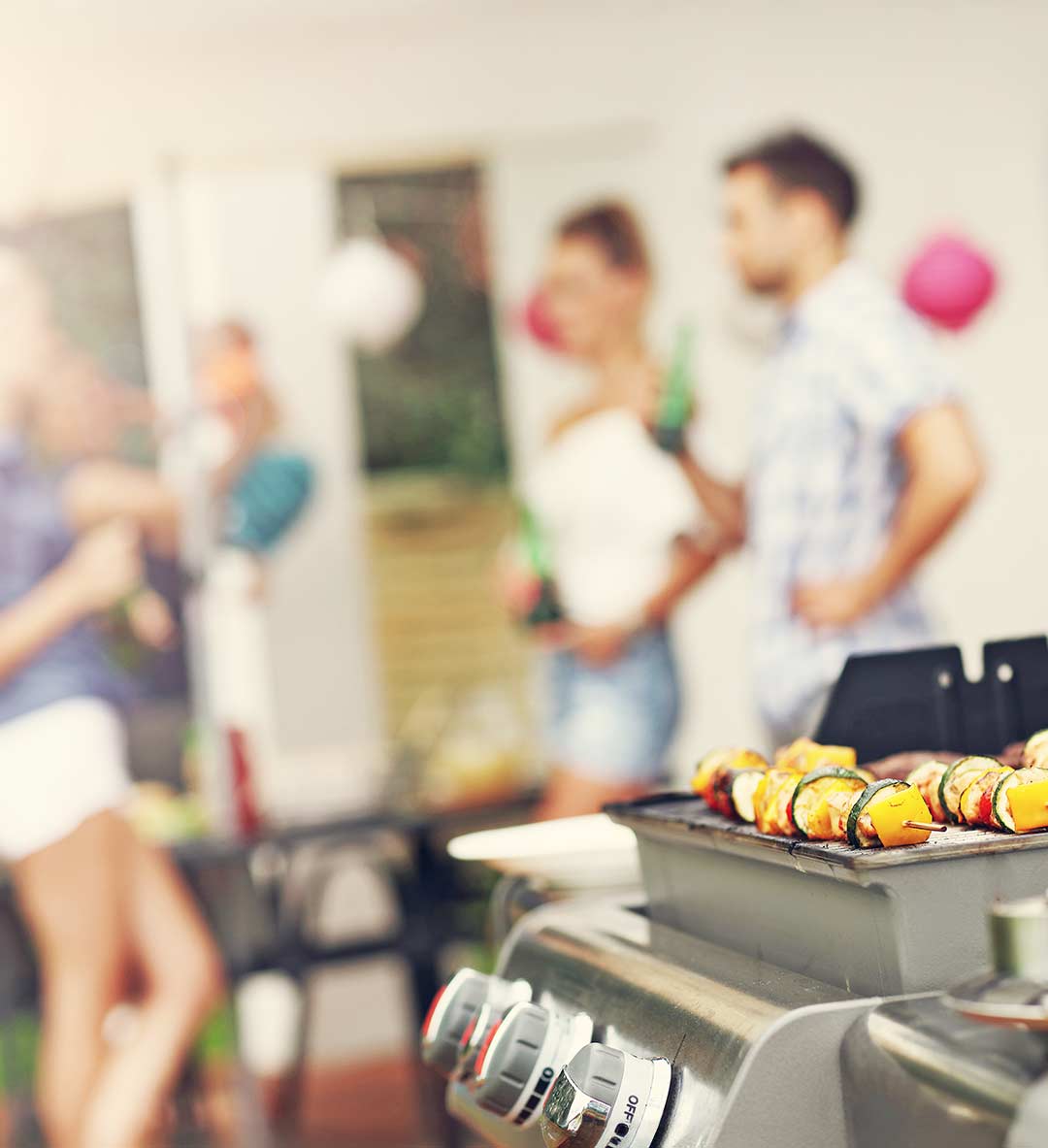Choosing the Right Gas Equipment:
4 Top Tips for Selecting Portable Gas Mixture Calibration Solutions

By Charles Strobel
You already know the drill: When it comes to handling gas mixtures to calibrate the instruments used for flammable or toxic gas detection, medical gas testing and food safety atmosphere analysis, accuracy and reliability are required.
In a recent post, I talked about how the gas equipment you use can materially impact the efficacy of the calibration process itself. But here, it's not (just) about getting lab analyses wrong, as harmful as that can be. In some instances, this can be about whether that next bite of food somebody eats, or the next breath someone takes, is the first of countless more to come—or something else entirely.
The good news: I've got a few key pointers for selecting equipment that can optimize the precision of your calibrations.
Gas Mixtures
Beyond the kind of gas detection, testing and analysis I mention above, gas mixtures are also used in a wide range of applications, such as refrigerant gas detection, ethanol breath testing, gas chromatography, environmental monitoring and more.
Here, the calibration gas is a reference gas or gas mixture that's used as a comparative standard in the calibration of detectors and analyzers. The calibration gas itself must maintain a precisely-defined composition, like say zero gas or span gas (for example, 500 ppm carbon monoxide in nitrogen, just to get all sciency on you).
Depending on specific requirements, calibration applications typically involve either portable, 0.4- to-5-liter cylinders capable of covering many grades of mixtures or pure gases—or fixed, 5- to 80-liter cylinders installed close to analytical instruments in laboratories.
In that recent post, I touch on key considerations for selecting gas cylinders and their associated accessories for fixed environment gas calibration. So, this time out, let's focus on four selection factors for portable solutions—including:
#1 Easy Setup
Portable systems have somewhat different requirements than fixed systems. In general, it's a good idea to have an easy, ready-to-use system. The timeless, cost-effective solution is the use of a small lecture bottle with a CIO. Look for a compact and lightweight design to ensure maximum portability.
#2 Cylinder Size & Quality
1.4 liter? 1.5? 2.0? Anywhere in-between? If your needs vary by site, choose a single provider
that can supply you with gas cylinders or lecture bottles from 0.4 to 5L to ensure consistent procedures. Ideally, source providers that offers different components and O-ring materials to cover multiple calibration operations and are compatible with major gas mixtures.
#3 Safety & Performance
Look for solutions that feature higher maximum working pressure (up to 110 bar), for improved bottle autonomy on the go. Prioritize excellent sealing performance. And when possible, choose cylinders with modern self-closing valves, whether it's for fillable or non-refillable bottles.
#4 Gas Mixture
Solutions should ensure gas purity and prevent contamination from ambient pollutants and air humidity. All components should also be designed and machined to prevent contamination due to even the smallest particles from the equipment itself during storage, connection and use.
Talk to the Experts
Given the importance of calibration operations, it's probably best to avoid providers that are just looking to ship product. Top tier providers can help organizations find the right peripheral solutions for portable cylinders and peripherals. The Puretec line from Rotarex Ceodeux, for example, offers a full line of innovative solutions, including its D405 family of self-closing valves for 0.4- to 5-liter lecture bottles up to 110 bar.
Featuring a compact, lightweight design, the D405 line meets all four criteria above and includes refillable and non-refillable versions to meet all needs. It even offers tailor-made design and filling tools when equipped with non-refillable functionality.
Considering the quality and performance required, they're perfect for field staff or any environment requiring on-the-go calibration operations.







